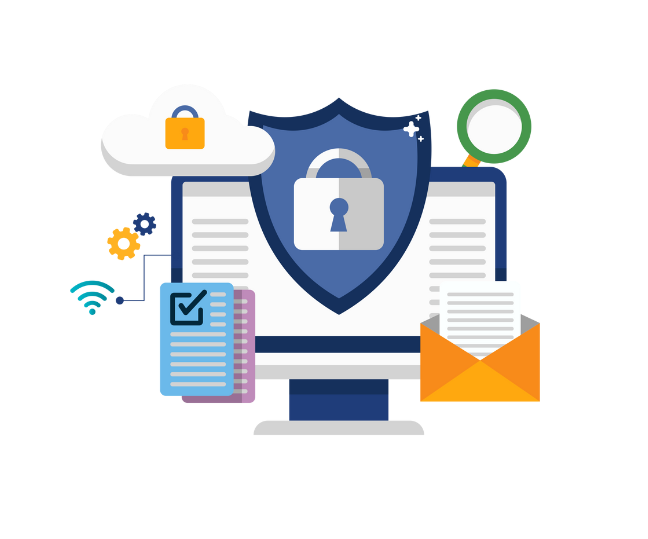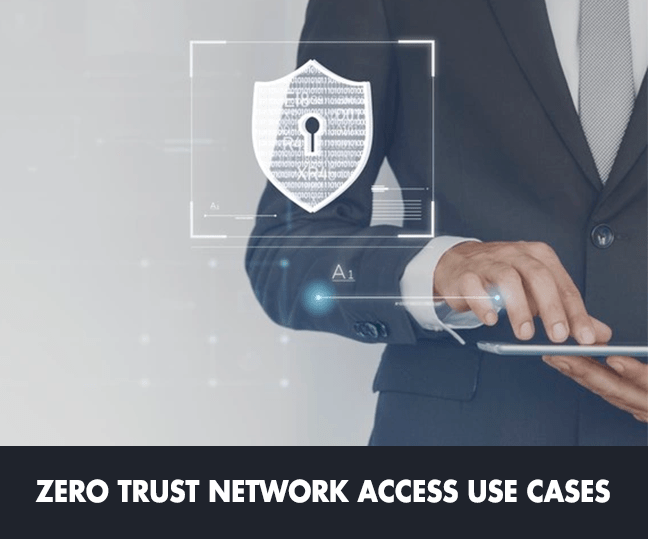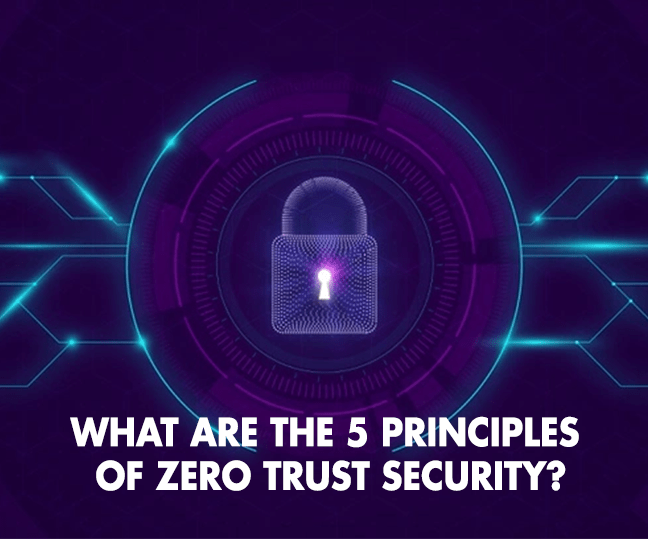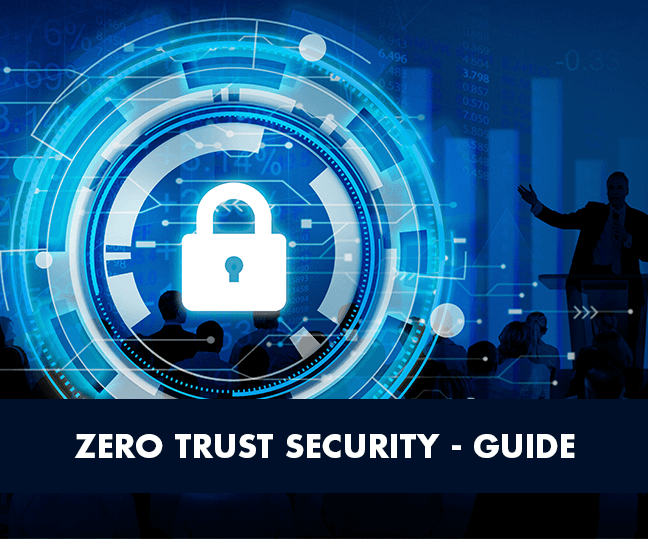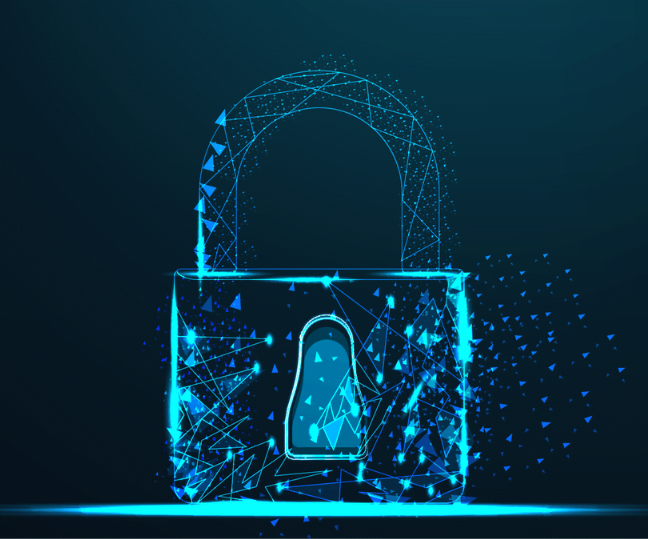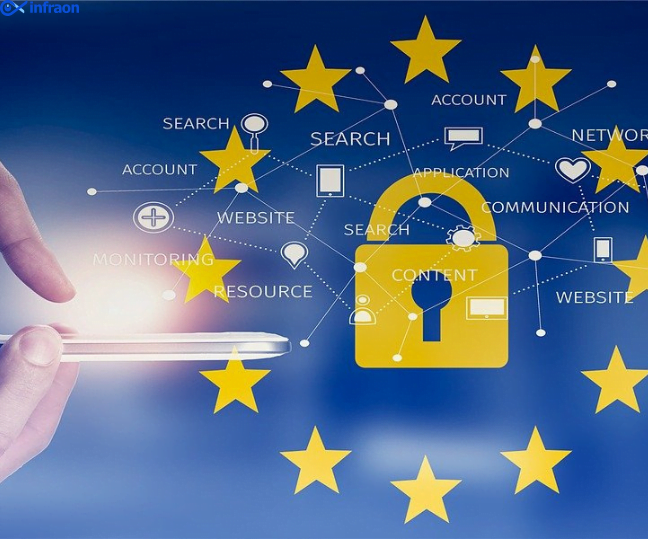Learn how to stop weaponizing cybersecurity threats without your knowledge
A few decades ago, what started with one email ID has become a host of internet identities because we have one for almost every application, one for work, one or many for different social media, and yet another for financial services, and the list goes on. Each of our identities is managed by the respective service provider, and we have little to no control over the accounts. We depend on the provider to let us know if our identities have been compromised. Unfortunately, by the time we get to know of identity theft, it becomes a case of too little, too late. Identity management is one of the most critical issues as it faces severe cybersecurity threats.
Can Data Breaches Be Prevented?
Perhaps not. Data breaches happen regardless of the preventative measures that are in place. Even with just a single identity that we use for shopping online, we can become targets for identity theft. But, with multiple identities, the threat increases exponentially.
The service providers may notice the threat, evaluate the breach, take the necessary steps to protect their data, and tell us that our identities are at risk or stolen. The sense of urgency expressed by the service provider may vary, but the threat level remains the same and can make a huge impact as we create our accounts with implicit trust in the service provider.
Zero Trust – Verified Permission Every Time
Zero Trust allows us to go beyond the perimeter security model, which is a secure boundary between the local network and the private network. The inherent problems of a network with a perimeter defense are because of the assumption that systems and data within the data center can be trusted. Once a single host or link is compromised, there is no security whatsoever.
Traditional Network Security versus Zero Trust Network Security
The traditional network architecture has different network zones contained by one or many firewalls. Each network zone is given some level of trust that determines the permission to reach certain network resources. For instance, some resources may be seen as too risky and are placed in an exclusion zone requiring a greater level of monitoring. They need to be accessed by going through the perimeter defense.
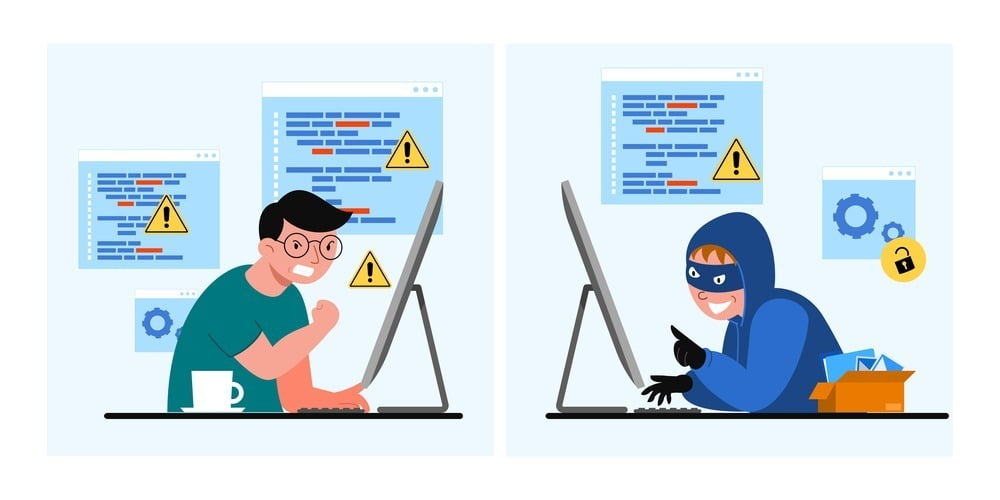
In a Zero Trust model, there is no such thing as a trusted source. Instead, the model assumes would-be attackers are present both inside and outside the network. As such, every request to access the system must be authenticated, authorized and encrypted.
Zero Trust architecture has rendered the VPN obsolete. With Zero Trust in place, it is possible to make the network communication secure and accessible. The Zero Trust network is built on a few fundamental theories:
- The network is assumed to be hostile
- There is a constant external and internal threat
- The local network is insufficient as a trusted network
- Each device, user, and network flow must be authenticated before authorization
- Dynamic policies must be in place
The Zero Trust Network has three components – user/ application authentication, device authentications, and trust. Zero Trust means every packet is encrypted, even if they are within the same data center. Therefore, the applicability of Zero Trust is universal, with no exceptions.
The need for robust network security
A secure and user-friendly authentication system is the need of the hour. Common problems with identity solutions include password safety and multi-factor authentication.
A robust identity solution will cover password reset flow, hashing passwords, implementing multi-factor authentication correctly, keeping scalability in mind. Detecting anomalies are as important as the defensive mechanisms in place as staying ahead of the potential cyber-attacks can make or break the system. Re-examining all default access controls, deploying preventative techniques covering identity, endpoint, data, and application access, and enabling real-time monitoring are measures to identify and stop malicious activity.
Moving from on-premises to the cloud, where applications do not need user communication between devices, also helps prevent cyber-attacks from within the enterprise and across systems.
